College Counseling: Great Schools for Zoology and Zoo Management Programs
Saturday, February 28, 2015
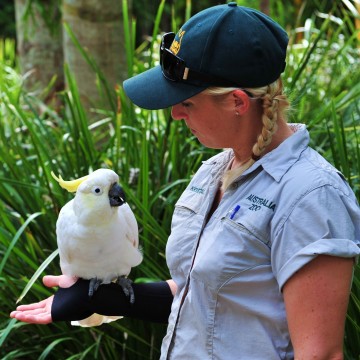
Elephants at the Oregon Zoo
Here are five colleges with 4-year programs in Zoology and/or Zoo Management; next week I will list 2-year programs that prepare students to work in zoo environments or to advance to a 4-year program.
Colorado State University, Fort Collins
- The zoology major provides a core program with either general training in animal biology or an option in one of the following areas: animal behavior, aquatic biology, ecology, genetics and evolution, invertebrate organisms, cellular/molecular biology and physiology, systematics and morphology, or vertebrate organisms.
- Internship possibilities for zoology students include the Denver Zoo, Rocky Mountain Raptor Program, The Butterfly Pavillion, Greenwood Wildlife Rehabilitation Center, and other US and international organizations.
- By the numbers: 77% acceptance rate; SAT Mid-ranges: CR 510-620, M 510-630; ACT Mid-range: 22-27; 4-year graduation rate: 37.7%.
Malone University, Canton, OH
- The Zoo and Wildlife Biology program at Malone collaborates with Cleveland Metroparks Zoo for student research, internships and mentoring.
- Malone maintains an exotic animal collection consisting of a variety of reptiles and several native and exotic mammals.
- By the numbers: 59% acceptance rate; SAT Mid-ranges: CR 350-490, M 420-550; ACT Mid-range: 18-24; 4-year graduation rate: 45.7%.
Ohio Wesleyan University, Delaware, OH
- The Zoology Department at Ohio Wesleyan offers four versions of its zoology major, each tailored to the career goals of the students in the major: Zoology/General, Zoology/Genetics, Zoology/Pre-professional, and Zoology/Biology.
- The campus zoology museum houses specimens of mammals, birds/eggs/nests, insects, mollusks, and corals; the Summer Science Research Program encourages students to collaborate with faculty in paid summer research projects.
- By the numbers: 75% acceptance rate; SAT Mid-ranges: CR 490-620, M 500-630; ACT Mid-range: 22-27; 4-year graduation rate: 58.6%.
Otterbein University, Westerville, OH
- Otterbein's Zoo and Conservation Science program admits only 24 students each academic year. Students wishing to major in Zoo and Conservation Science must be admitted to Otterbein University as a Pre-Zoo and Conservation major and can then apply to the program during spring semester of their first year.
- An eight-month long internship at the Columbus Zoo and Aquarium is available for ten Otterbein students per year, where students get the chance to work closely in a single area of zookeeping.
- By the numbers: 74% acceptance rate; SAT Mid-ranges: CR 490-590, M 480-580; ACT Mid-range 21-26; 4-year graduation rate: 51%.
University of Wyoming, Laramie, WY
- University of Wyoming’s four-year plan for zoology majors leads students increasingly toward areas of concentration and leaves
- Students may apply for summer research grants up to $5000 as part of a cooperative effort between the University of Wyoming and the National Park Service, enabling students to design wildlife management and zoology projects in Grant Teton and Yellowstone National Parks.
- By the numbers: 96% acceptance rate; SAT Mid-ranges: CR 480-620, M 510-620; ACT Mid-range: 22-27; 4-year graduation rate: 24%.
Other colleges offering zoology and/or wildlife management degrees are Cornell University (NY), Friends University (KS), Kent State University (OH), Michigan State University, Ohio State University, Oklahoma State University, Oregon State University, SUNY College of Environmental Science and Forestry (NY), Texas A&M University, and Washington State University. Lists of colleges that offer zoology programs can be found on the website of the Zoological Association of America and The Wildlife Society maintains a list of schools offering course work in wildlife management.

Related Slideshow: Nine Invasive Species Horror Stories At The Oregon Zoo
In honor of National Invasive Species Awareness Week the Oregon Zoo speaks to GoLocalPDX, to find out more about invasive species problems.
Related Articles
- College Counseling: Great Schools for Bachelor of Fine Arts Acting Programs
- College Counseling: Great Co-op Colleges
- College Counseling: Great Schools for Non-conservatory-style Dance Programs
- College Counseling: Great Schools for Conservatory Dance Programs
- College Counseling: Great Schools for Criminal Justice Programs
- College Counseling: Great Eco-Colleges
- College Counseling: Great Schools for Equine Business Management Programs
- College Counseling: Great Faith-Based Colleges
- College Counseling: Great Schools for Food and Nutrition Sciences Programs
- College Counseling: Great Schools for Freshman-Entry Nursing Programs
- College Counseling: Great Schools for Freshman-Entry Physical Therapy Programs
- College Counseling: Great Schools for Hospitality Management Programs
- College Counseling: Great Schools for International Relations Programs
- College Counseling: Great Schools for Landscape Architecture Programs
- College Counseling: Great Liberal Arts Colleges with Music Conservatories
- College Counseling: Great Schools for Majors in Peace and Conflict Studies
- College Counseling: Great Schools for Marine Science Programs
- College Counseling: Great Schools for Pre-Veterinary and Animal Sciences Programs
- College Counseling: Great Schools for Programs in Environmental Studies & Environmental Science
- College Counseling: Great Programs in Fashion Design and Merchandising
- College Counseling: Great Schools for Kids Who Love Learning Languages
- College Counseling: Specialty Schools
- College Counseling: Great Schools for Women’s Colleges

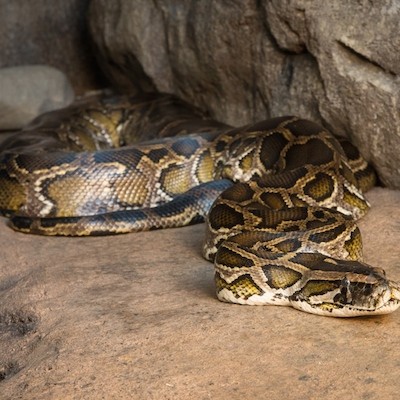
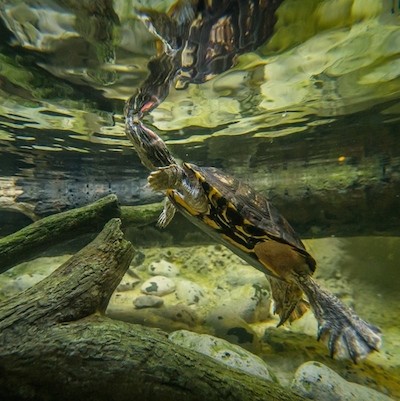
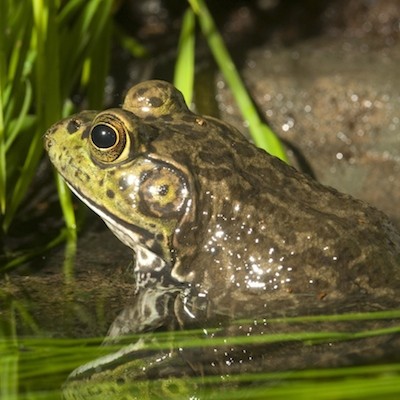
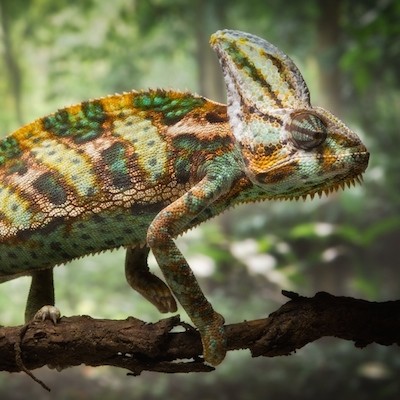
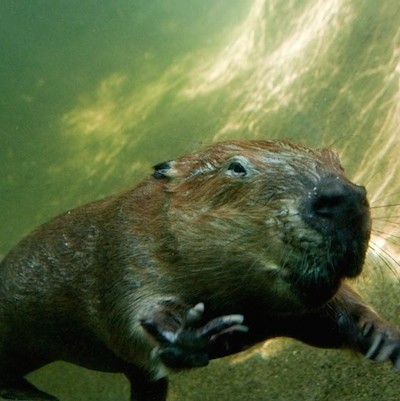
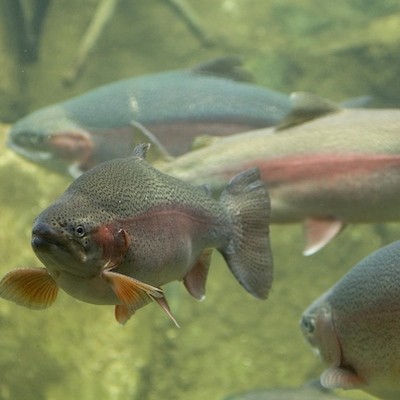
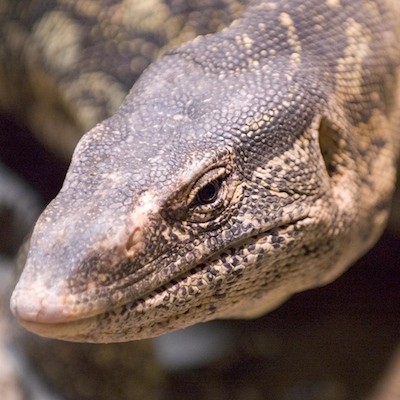
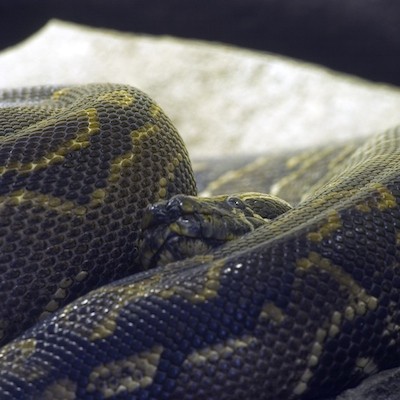
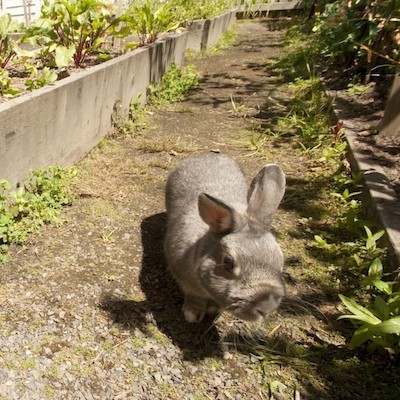












Follow us on Pinterest Google + Facebook Twitter See It Read It